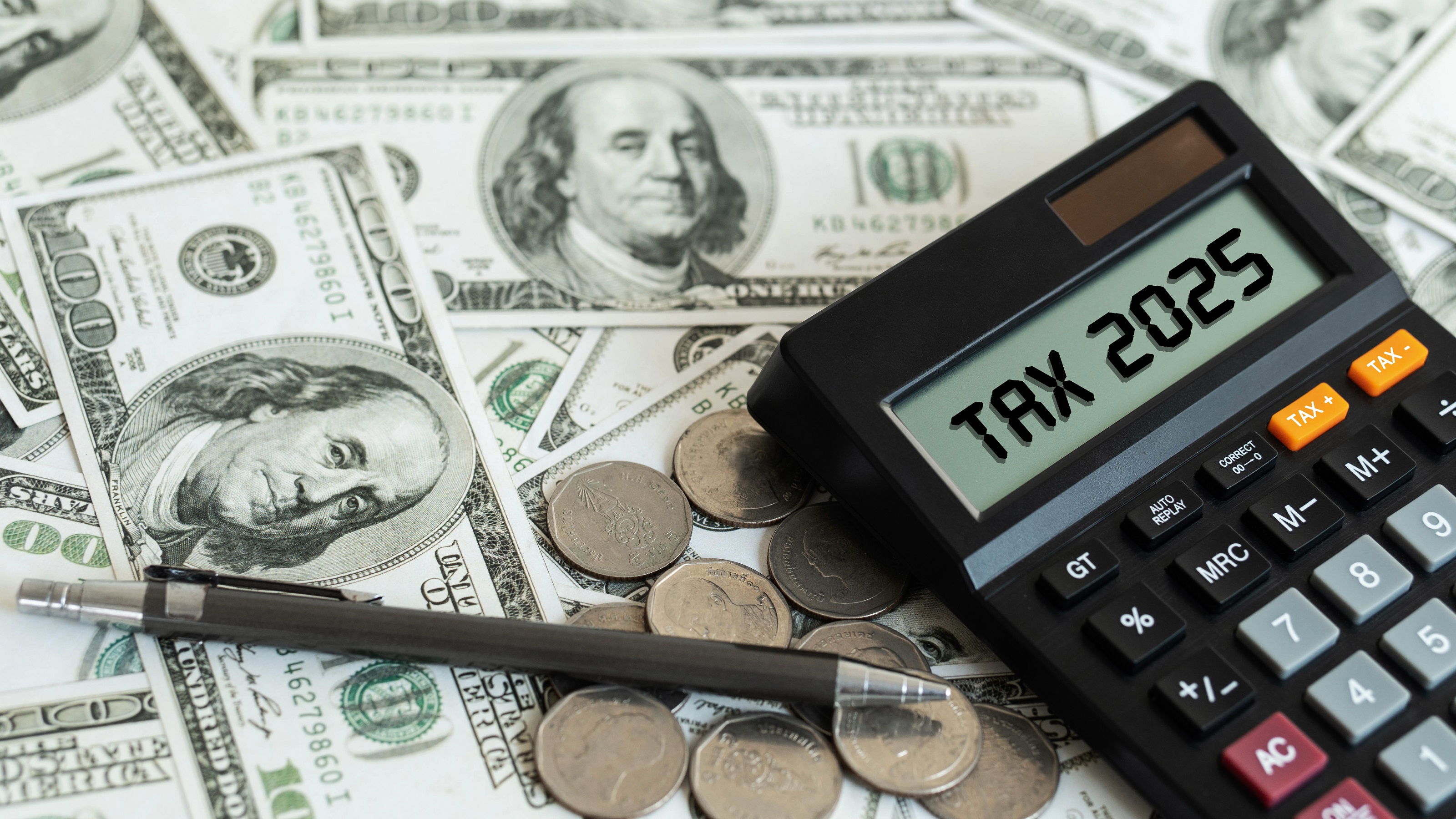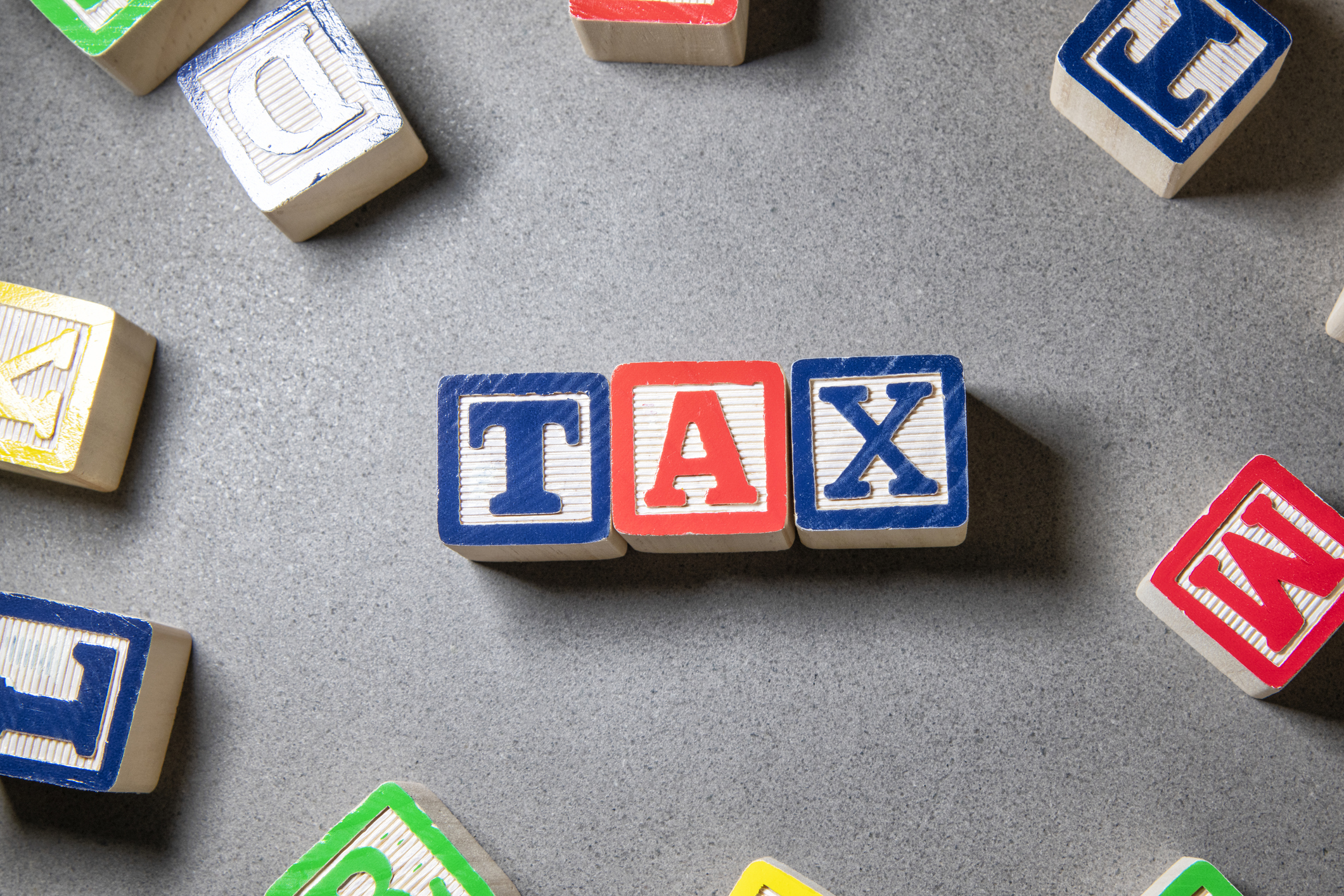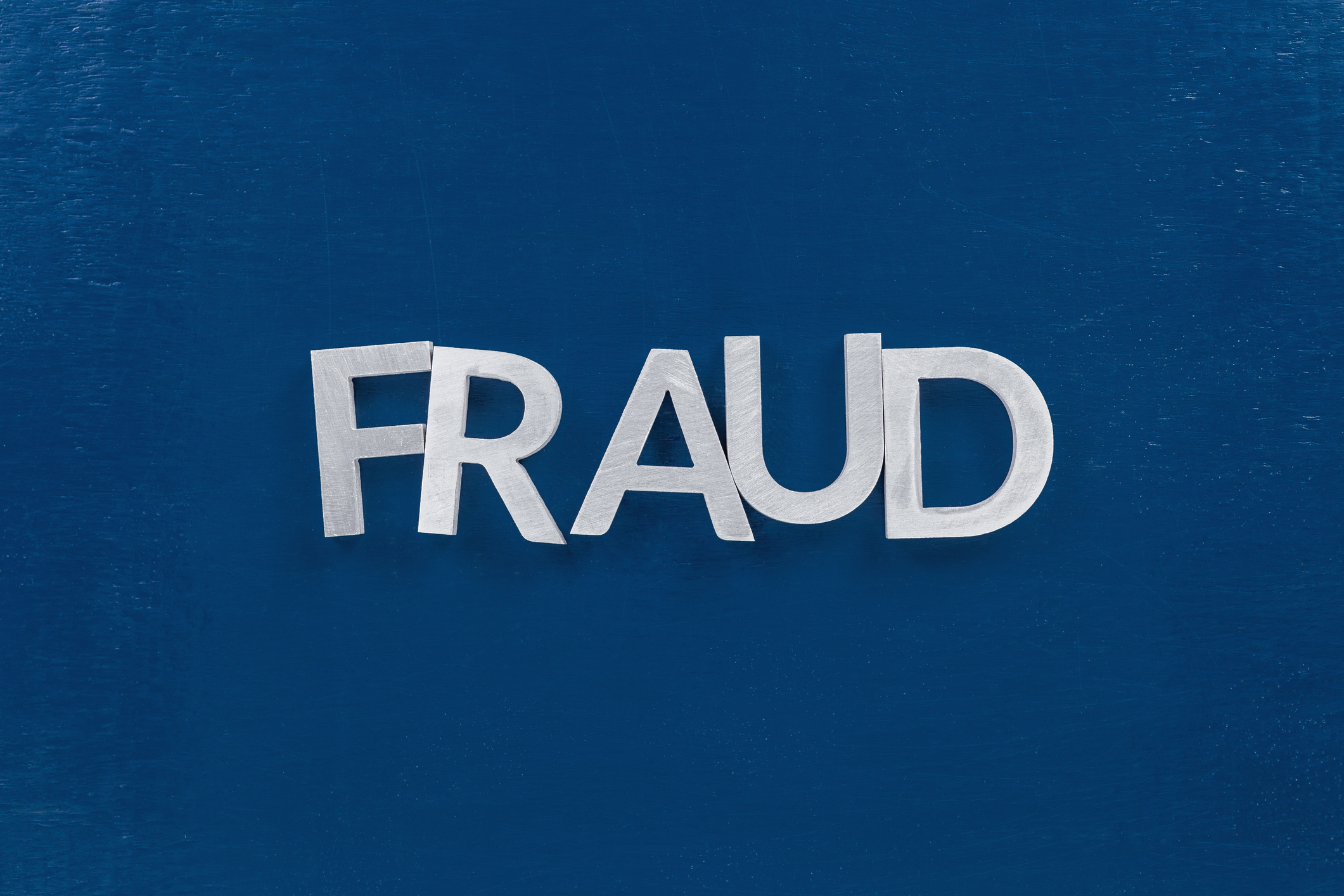Doubling Retirement-Savings Plan Contributions
Some public school teachers and other nonprofit and public sector workers can stash money in two kinds of plans.

I’m about to start a new job, and my new employer says I can contribute to a 403(b) and a 457. Can I really contribute to both retirement plans, or do I need to pick one or the other? And what happens if I already contributed some money to my old employer’s 401(k) for 2014?
Under a special opportunity available to some public school teachers, health care workers, and other nonprofit and public sector employees, you can contribute up to $17,500 for the year to a 403(b), plus up to $17,500 to a 457. If you’re 50 or older in 2014, you can also make catch-up contributions and add an extra $5,500 to both plans. Longer-term employees also have other opportunities to make special catch-up contributions to 403(b)s and 457s; you can find details in this IRS publication.
If you already contributed some money to a 401(k) for the year, however, you’ll need to subtract that from your 403(b) limit. But you can still contribute the maximum to a 457, which isn’t affected by 403(b) or 401(k) contribution limits. For more information, see the IRS’s How Much Salary Can You Defer If You’re Eligible for More Than One Retirement Plan?

Sign up for Kiplinger’s Free E-Newsletters
Profit and prosper with the best of expert advice on investing, taxes, retirement, personal finance and more - straight to your e-mail.
Profit and prosper with the best of expert advice - straight to your e-mail.
When you switch jobs in the middle of the year, let your new employer know how much you already contributed to a retirement-savings plan for the year. If you later discover you’ve contributed too much, your employer must withdraw the excess money (you can’t do it yourself) and return it to you as a distribution. If your employer withdraws the extra contributions and earnings before April 15 of the following year (the tax-filing deadline), the extra contributions will be taxed for the year you made the contribution, but the earnings on it will be taxed in the year the excess money was distributed, says Jamie Ohl, president of tax-exempt markets for ING U.S. Retirement Solutions.
If the excess contributions and earnings are withdrawn after the tax-filing deadline, the contribution is subject to double taxation -- that is, it will be taxed in the year that it was deferred and again in the year it is distributed from the plan, says Ohl. Earnings on that money are taxed in the year they are distributed. See the IRS’s What Happens When an Employee Has Elective Deferrals in Excess of the Limits? for more information.
It’s a good idea to contribute the maximum to both the 457 and the 403(b) if you can afford to do so. In the past, public sector and nonprofit workers tended to use these retirement-savings plans just as a supplement to a generous pension. But many of their employers are cutting back on pensions and retiree health care coverage, so employees have to come up with more money on their own, says Ohl.
Get Kiplinger Today newsletter — free
Profit and prosper with the best of Kiplinger's advice on investing, taxes, retirement, personal finance and much more. Delivered daily. Enter your email in the box and click Sign Me Up.

As the "Ask Kim" columnist for Kiplinger's Personal Finance, Lankford receives hundreds of personal finance questions from readers every month. She is the author of Rescue Your Financial Life (McGraw-Hill, 2003), The Insurance Maze: How You Can Save Money on Insurance -- and Still Get the Coverage You Need (Kaplan, 2006), Kiplinger's Ask Kim for Money Smart Solutions (Kaplan, 2007) and The Kiplinger/BBB Personal Finance Guide for Military Families. She is frequently featured as a financial expert on television and radio, including NBC's Today Show, CNN, CNBC and National Public Radio.
-
 The AI Doctor Coming to Read Your Test Results
The AI Doctor Coming to Read Your Test ResultsThe Kiplinger Letter There’s big opportunity for AI tools that analyze CAT scans, MRIs and other medical images. But there are also big challenges that human clinicians and tech companies will have to overcome.
By John Miley Published
-
 The Best Places for LGBTQ People to Retire Abroad
The Best Places for LGBTQ People to Retire AbroadLGBTQ people can safely retire abroad, but they must know a country’s laws and level of support — going beyond the usual retirement considerations.
By Drew Limsky Published
-
 U.S. Treasury to Eliminate Paper Checks: What It Means for Tax Refunds, Social Security
U.S. Treasury to Eliminate Paper Checks: What It Means for Tax Refunds, Social SecurityTreasury President Trump signed an executive order forcing the federal government to phase out paper check disbursements by the fall.
By Gabriella Cruz-Martínez Published
-
 Key 2025 IRS Updates: What You Need to Know
Key 2025 IRS Updates: What You Need to KnowFrom IRA contributions to Social Security COLAs and the standard deduction, several changes are headed our way. Get ready to make the most of them.
By Andrew Rosen, CFP®, CEP Published
-
 2025 Family Tax Credits: Four IRS Changes That Can Save You Money
2025 Family Tax Credits: Four IRS Changes That Can Save You MoneyFamily Tax Credits Explore the new IRS-adjusted amounts for popular family tax credits.
By Gabriella Cruz-Martínez Last updated
-
 The Big CPA Shortage Problem in Accounting: What it Means for Your Tax Return
The Big CPA Shortage Problem in Accounting: What it Means for Your Tax ReturnCareer This once resilient accounting industry is cracking, as the labor force seems in dire straits. It’s also affecting the IRS.
By Gabriella Cruz-Martínez Last updated
-
 IRS: How to Get a 401(k) Match for Your Student Loan Payment
IRS: How to Get a 401(k) Match for Your Student Loan PaymentSavings Those with 401(k), 403(b), and other savings plans might get relief through their employer-provided retirement account.
By Kate Schubel Published
-
 IRS Ends Inherited IRA Confusion: Annual RMDs Required for Many
IRS Ends Inherited IRA Confusion: Annual RMDs Required for ManyIRAs The agency has resolved a major point of uncertainty for inherited IRA beneficiaries.
By Kelley R. Taylor Last updated
-
 Three Reasons It May Look Like You Love the IRS More Than Your Family
Three Reasons It May Look Like You Love the IRS More Than Your FamilyConsider these strategies to avoid overpaying taxes on your hard-earned money. Your family will thank you for it. (And you’ll thank yourself.)
By Scott Phillips, RIA, LUTCF Published
-
 Retirees Face Significant Tax Bills Due to Fraud
Retirees Face Significant Tax Bills Due to FraudFraud A new report sheds light on how older adult scam victims end up with big tax bills and lost retirement savings.
By Kelley R. Taylor Last updated